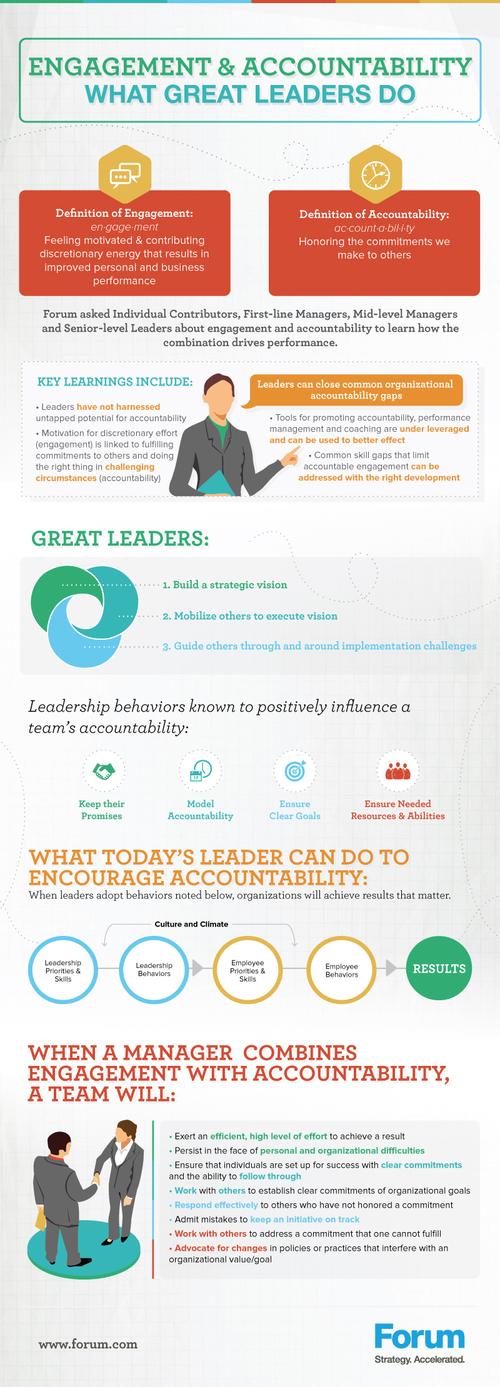Defining Leadership for the Tech Industry

When we talk about leadership in the technology sector, it’s critical to start with a shared understanding of what leadership really is.
There are plenty of misconceptions about what leadership is. Let’s start with looking at what leadership isn’t. True leaders are not:
- Dominating. Leaders don’t talk in loud voices with intent to suppress others.
- Controlling. Leaders don’t feel the need to control everything and influence others through that control.
- Colluding and manipulating. Leaders don’t let a core group hijack things and force everyone else to do what they want.
- Preferential. Leaders don’t allow nepotism or showing favoritism to friends.
- Humiliating. Leaders don’t shame people in front of the group or try to suppress them by bringing up a personal quality in a negative way.
Leadership is not about:
- Knowing everything,
- Answering every single question correctly,
- Coming across as an expert in your field,
- Solving every single problem accurately and/or quickly,
- Being the smartest one in the room.
Real leadership goes beyond a personality type or a set of attitudes. Real leaders help the organization accomplish something positive that produces a significant benefit to the organization or community. It should be something that your organization has never done, and it should be done in a way that will inspire others. These people get noticed, and start influencing others. These are the people who get promoted.
Once you become a boss, a designated leader, then the leadership role morphs. Then, leadership about helping those in your organization, creating open lines of communication, inspiring them to get out of their comfort zone, and sharing your vision with them. Leaders empower their people to take decisive action and calculated risks. Leaders foster personal connections that build trust to allow them to be empathetic to challenges and help them move ahead. Leaders are truly vested in the progress and well being of their people. Leaders also create accountability (see the info-graphic from leadership thought leader Forum for an info-graphic on how to do this).
All of this takes hard work, but the results are powerful. With this kind of leader, employees proactively volunteer information when trouble arises or when they need to figure out a problem. Organizations are inspired to build great products, and execute in new ways. Further, excellent employees seek this kind of leader out, wanting to work with them again and again. All of that benefits the organization. It also starts molding the leaders that will lead the next generation.
Leadership driven organizations highlight the importance of broad and deep diversity. These organizations welcome a variety of personalities, ideas, and experiences.
Extroverts & introverts
Generally, people can be split into two groups: extroverts and introverts. Let’s look at some broad generalizations. Extroverts enjoy being around people, love attention, and are gregarious. Introverts, meanwhile, enjoy tackling single tasks that demand great focus and they like to work independently. Extroverts are often the sales people and project managers. Introverts are often the coders, writers, and architects. Extroverts sell solutions to the team or the customer and introverts solve problems well. Extroverts tend to be the big picture people, while introverts want to understand the details.
At one time, there was an idea that extroverts are better leaders than introverts, but now we know differently. Introverts do become successful leaders, often by establishing strong emotional connections with their team. Introvert leaders help and inspire their people, influence them, and encourage them to step up. They don’t lead the same way as extroverts but can still be highly successful.
It’s a mix
Again not everything is black and white. On the contrary, everything is gray. A successful sales guy could be a 70% extrovert and 30% introvert, where as successful Architect could be 70% introvert and 30% extrovert. The right extrovert and introvert characteristics need to show up when needed, based on the context and situation. In short, leaders need emotional intelligence.
The other key ingredient is enthusiasm. Real leaders love what they do and have fun doing it. Excitement is contagious and creates teams that are ready to tackle anything. Once, I had a challenging program of rolling out a warehouse management system in seven distribution centers in ten months. The project had a million dollar budget. Our team worked fast, creating a common design and configuration, and deploying very quickly. After the first deployment, the team felt confidant and built on that to do the rest quickly. We succeeded on enthusiasm.
In short, real leadership comes out when people find their true skill and passion and then try to make a difference. What is your experience? Let me know about the great leaders that you have met in the comments section below.


 1. Increases EPP, using budgeted line items.
1. Increases EPP, using budgeted line items. Millennial friendly technology, less onboarding time, very easy adoption – touch screen keypad, and 43% of Millennials already use IOS, familiar with Facetime, 85% of Millennials aged 18-24 own devices and 86% aged 25-34 own them, consume a lot of video on their smartphones, and are highly comfortable with this medium, they understand and like apps.
Millennial friendly technology, less onboarding time, very easy adoption – touch screen keypad, and 43% of Millennials already use IOS, familiar with Facetime, 85% of Millennials aged 18-24 own devices and 86% aged 25-34 own them, consume a lot of video on their smartphones, and are highly comfortable with this medium, they understand and like apps.